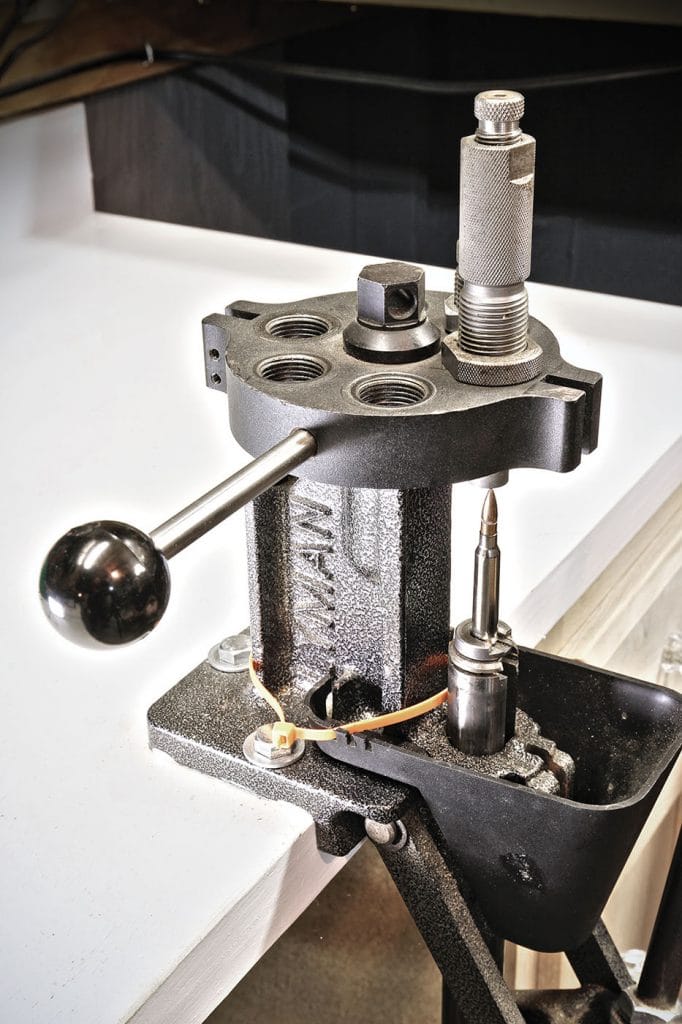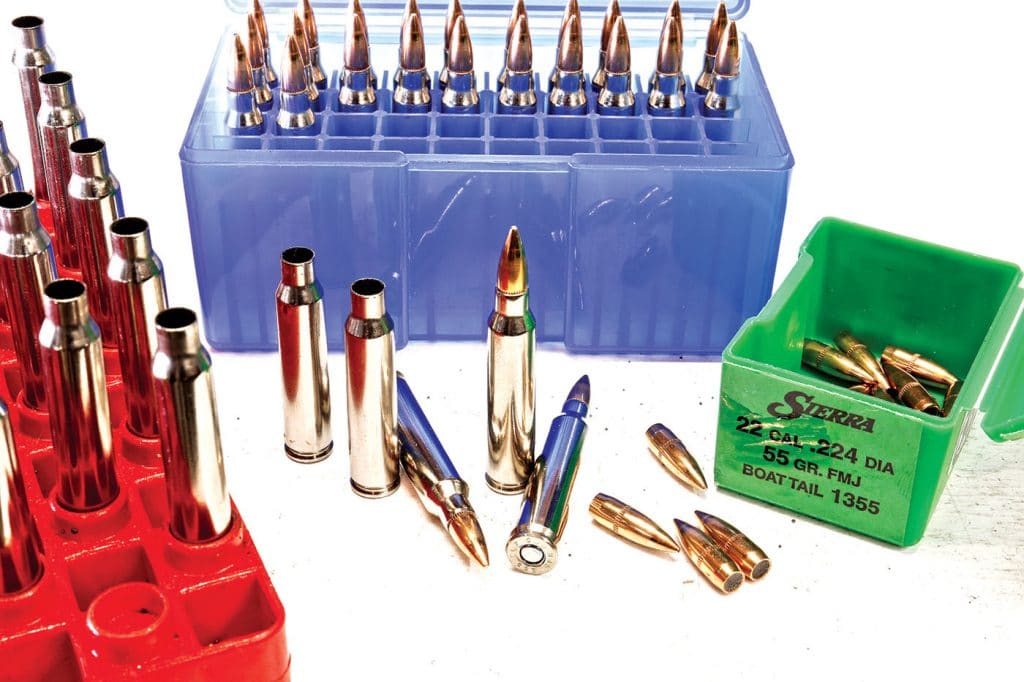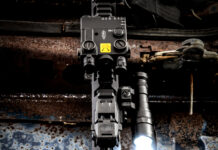Before testing I was on a prairie dog shoot in Wyoming sponsored by Hornady and Howa, and I asked the guides and some of the guests—hunters all—their thoughts on measuring copper fouling without slicing the barrels in half. It all came down to loss of accuracy. Some folks said 2 MOA (2 inches at 100 yards, 4 inches at 200 yards, etc.) was their limit on medium to large game, while others could live with 3 MOA (3 inches at 100 yards, 6 inches at 200 yards, etc.), so we decided to split the difference at 2.5 MOA.
The test rifle was an Alexander Arms Incursion Carbine ($1,100; www.alexanderarms.com) chambered in .223 Rem. with a 16-inch chrome-moly barrel rifled at a 1:7” twist rate. Before testing the barrel was thoroughly cleaned with Barnes CR10—one of the most aggressive copper solvents we’ve tested—using stainless steel brushes and cotton patches.

We mounted a Nightforce SHV 4-14x56mm riflescope with illuminated reticle (www.nightforceoptics.com), and sighted it in at 100 yards. A 5-shot proof-of-precision target was fired, where the Alexander Arms turned in a 0.605” cluster about 1.5 inches low. The elevation dial was adjusted six clicks up and we moved on to testing. All sight-in and proof rounds fired were counted in the total round count.
We used a B27 silhouette target set up at 100 yards with the 2.5-inch diameter center of a TruGlo Tru-See splatter target pasted in the center. Once bullets started hitting outside that 2.5 MOA circle the test ended and the resulting round count was deemed the maximum endurance of CFE223 without cleaning. Called flyers (there was only one) were circled in red.
After around 300 shots, the hits began noticeably moving up and to the right, and round number 334 was the first one to partially split the rim of the splatter target. I got four more rounds into the splatter target before round number 339 hit high right about 1/2-inch outside the rim. That was the end of the test.
I have to say that the preparation and testing for this article was the most labor intensive of my career. Handloading 500 rounds of .223 Rem. took weeks of evenings, as every case was hand checked in a Lyman headspace/overall length gauge, every powder charge was weighed on an RCBS 1500 dispensing scale and every loaded round was run through a Lee Factory Crimp die. At the range, I fired ten rounds, then let the barrel cool for five minutes, which made for an all day deal. But it was worth the effort.

Our testing proved that Hodgdon’s 200 round claim is clearly conservative, as we suspected. If you’re a high-volume shooter and reloader—or if you just hate cleaning guns—get yourself a jug of CFE223. It works better than advertised! For more information, contact Hodgdon Powder Co., Dept. OT; Tel.: (913) 362-9455; Web: www.hodgdon.com























